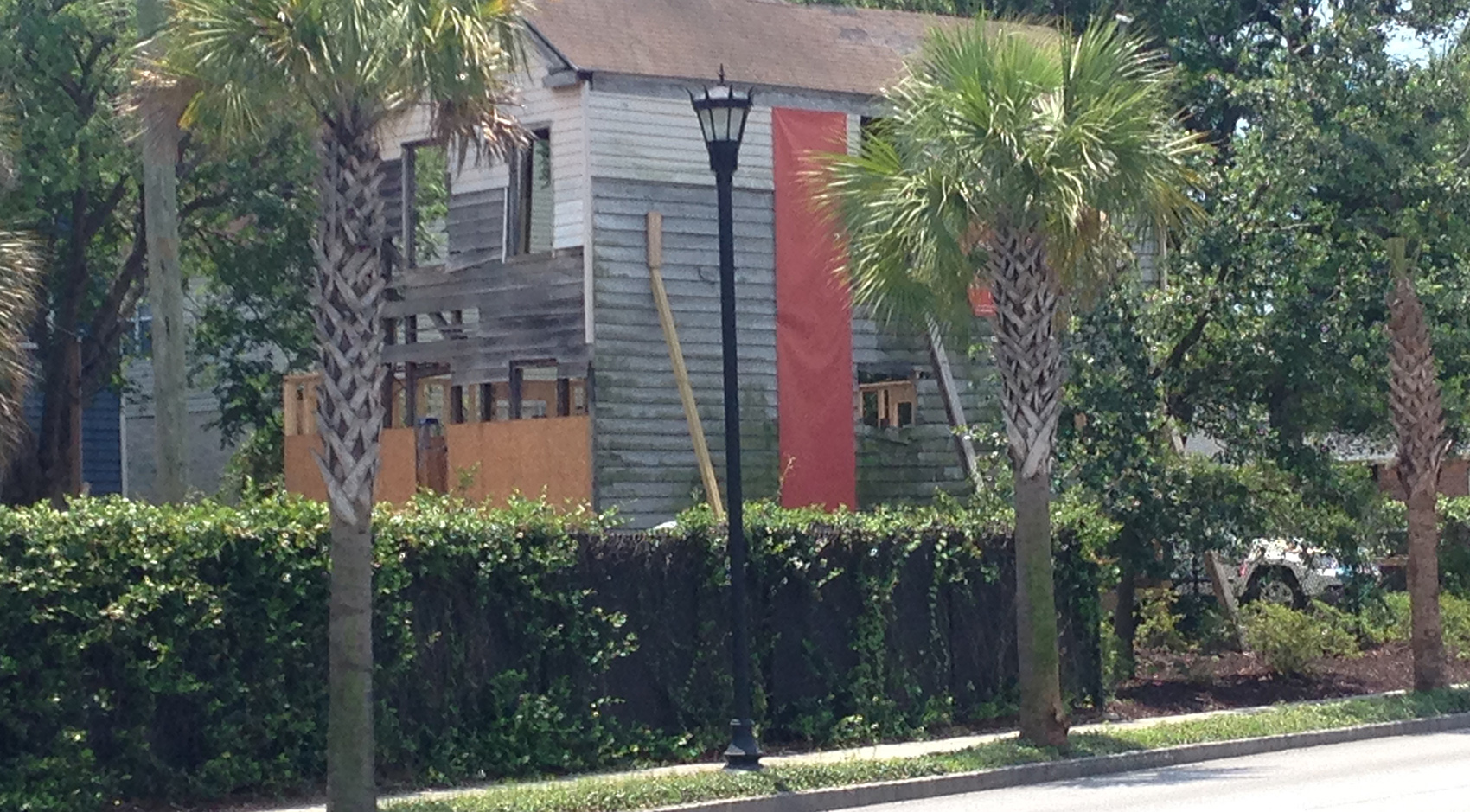 We have a problem with one of our build projects in downtown Charleston. Located at 1 Todd Street, it’s right up against the Crosstown (Septima Clark Parkway) and you can hear everything that drives past. From the rumble of a truck to the “beep beep ” horn of a scooter, it’s all there in your mind’s eye. Road noise reduction is easy they say … “Double up on the sheetrock, push rock-wool or BAT into the cavities and it all goes away? “ We would like to imagine it’s as easy as that, but in truth none of these will work for meaningful noise reduction, but neither is all lost at this point. Time to call in a little passive noise control technology.
We have a problem with one of our build projects in downtown Charleston. Located at 1 Todd Street, it’s right up against the Crosstown (Septima Clark Parkway) and you can hear everything that drives past. From the rumble of a truck to the “beep beep ” horn of a scooter, it’s all there in your mind’s eye. Road noise reduction is easy they say … “Double up on the sheetrock, push rock-wool or BAT into the cavities and it all goes away? “ We would like to imagine it’s as easy as that, but in truth none of these will work for meaningful noise reduction, but neither is all lost at this point. Time to call in a little passive noise control technology.
When your goal is noise abatement you must first start with the origin of the noise. You have several sources of noise, transmission through air, through the structure itself and penetration through openings. In addition, if you can see the noise source you can hear it – line of sight is a great give away of future problems.
Let us start with windows. Make sure they close and seal properly. A 1% air gap will let in 50% of the total noise so close them up or better still seal them up. A double-glazed unit will transmit a lot less noise then a single-glazed one so if building from new plan on utilizing double-glazed windows. If your project is a renovation you may run into issues on historic homes under the BAR (Board of Architectural Review) jurisdiction but they are also reasonable people so make your case regarding street noise.
Next, address the walls. Masonry walls have more mass than wooden ones and are better at deadening high frequency noise. Lower frequencies will penetrate so you may want to consider additional measures. Wooden walls basically don’t stop anything unless you get clever in the design. The two tools you have in your arsenal are absorption and reflection. An acoustic mass in the walls to replace the BAT insulation will provide both insulation qualities and absorb the lower noise frequencies. A reflective membrane on the inner wall will both absorb the high frequencies and bounce a wide noise spectrum back in to the acoustic infill. Even the roof can have noise abatement measures applied!
Now on to fences. Line of sight can be broken with a fence and these should be considered as a “first line of defense ” – if you will excuse the pun! A masonry wall is best and a high wall even better. You will get some refraction of noise over the top edge but close to the wall will be much quieter. If this is not possible then consider a wooden shadow box fence with an acoustic membrane inside. Visually you will not notice the membrane, but the noise reduction will be considerable. Watch out for gaps at buildings and gates. For best effect, design the fence to overlap buildings at a distance similar to its height.
Will planting reduce noise? Well yes if you are planning on 200 feet of forest, but beyond that, probably not at all. What it will do though, is break the visual impact of high fences and moving traffic so thoughtful plantings should be part of the overall plan.
Read more about our renovation project at 1 Todd Street, “Downtown Charleston, SC: Having Vision For An Affordable Restoration Project. “
NOTE: As a rule of thumb you can quite easily control noise to 50/30% of uncontrolled levels. That’s a great improvement in quality of life and an easy step at the construction stage, and still achievable even after the fact. Because we are one of the largest builders on the Charleston peninsula, we have become adept at applying these layered techniques in our downtown Charleston renovation projects to great success in noise reduction.
Need to know more? Ask our construction experts … or download our “Guide to Building Terms “
Interested in Learning More?
Our expert teams - from development, investment, real estate, and property management - have experienced it all and have the insight to help you along the way.
Find Out More